True density meter for all industries
June 21, 2016 3:44 pm
A lot of technical solutions exist on the market for the measurement of density and of concentration as a parameter derived from density in the case of two phase mixtures. However only few of them are able the meet the requirements of today’s process equipment users. Mechanical solutions using a float or a balance as measuring element are limited in accuracy, suffer from wear, proved to be having an high sensitivity against pressure strokes, vibration, and dirt etc. Optical solutions like refractometer are fragile and basically confined to clean liquids. Ultrasonic based solutions are very expensive, complicated with regard to calibration while most of the time unable to deal with air bubbles included in the liquid. Radiometric density meter are suited for difficult products like slurries and quite simple to install, but they have only limited accuracy and generate costs due to environmental protection rules. Coriolis mass flow meters are sometimes used as density meter because they are able to deliver density information besides the main parameter mass flow they are actually designed for. The practical result is often disappointing because such devices do not ensure reasonable accuracy, and moreover theses instruments basically conceived to measure flow rate suffer from zero drifts and sensitivity to pressure, vibrations and stress arising on the piping.
End-user of the process industry are in fact looking for innovative solutions offering an high accuracy and repeat ability, an excellent long term stability, a great flexibility of use and a short term return of investment. Modern oscillating tube type density meters from Bopp & Reuther Messtechnik are able to meet all these requirements and have proved in more than 30 years of field experience their unbeatable features among process instrumentation.
Principal of operationBasic elements of an oscillation type density meterThe heart of such a system consists of a hollow oscillating element like a tuning fork (type DIMF 1.3) or an oscillating tube (type DIMF 2.0). The liquid to be measured flows through it. By mean of a counter reacting loop involving detection coil, preamplifier and excitation coil, this element will steadily oscillate at its own resonance frequency. Density variations of the sample will modify the mass of liquid contained at a given time in the oscillating element, thus leading to a change of the resonance frequency. This change of the resonance frequency is the measuring effect as induced from a change of the operating density.
AdvantagesThe system has relatively small sensing area and a cross-member on the sensing system. Which offers many advantages to the user, some of them are:-• Very small, flow is required through the density sensing system. In the sampling system driven by the pressure drop across the orifice, this situation leads to low pressure drop in the pipeline. • System calibration can be checked at site, because there is no need for a flow in the sensor and the quantity of standard liquid required is too small.• Performance of the meter itself is independent of line stress, mounting position, and even line vibrations.• Tube loop construction is such that one can mount in the self draining position hence enables to handle difficult liquid.• Sensing element is in a housing with “all welded “ construction with inert gas filled chamber, this prevents the affect of fluctuating and hostile plant ambience. Other advantages• Compact indicating electronics • Freely configurable analogue out put• Facility to configure customised density or concentration relationship correction formula • Fiddle free electronics.
Contact Toshniwal Hyvac Pvt Ltd267 Kilpauk Gardens RoadChennai – 600010Tele: +91-44-26445626 / 8983Email: sales@toshniwal.net www.toshniwal.net
Cookie Consent
We use cookies to personalize your experience. By continuing to visit this website you agree to our Terms & Conditions, Privacy Policy and Cookie Policy.




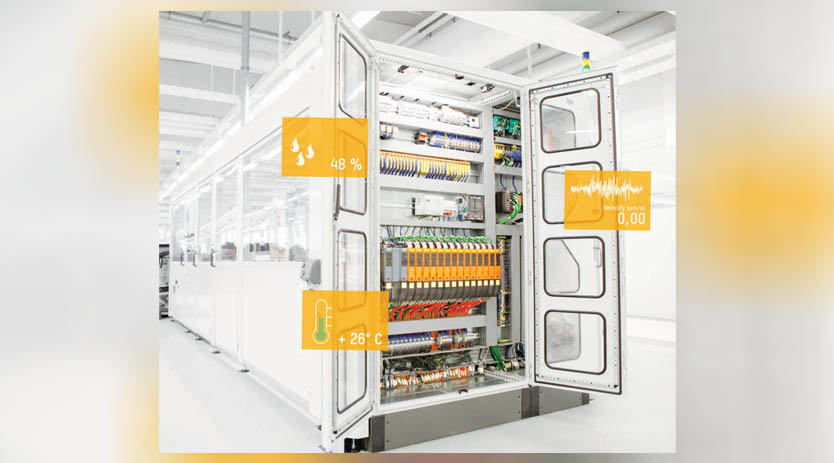
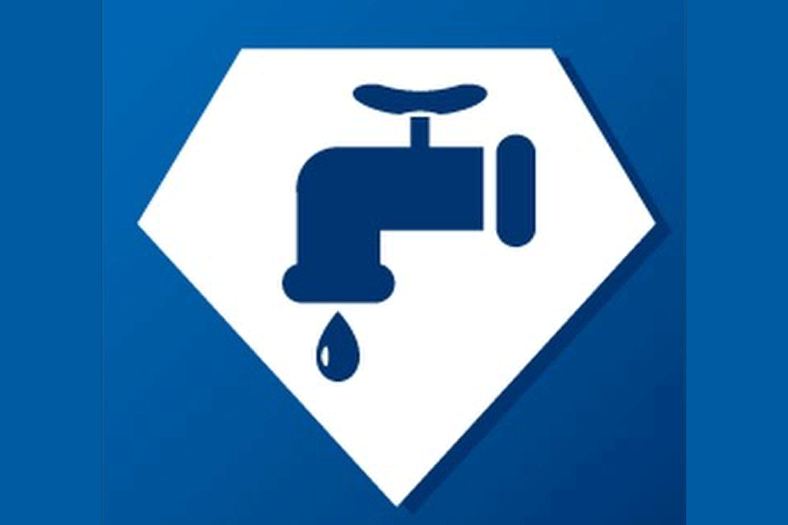
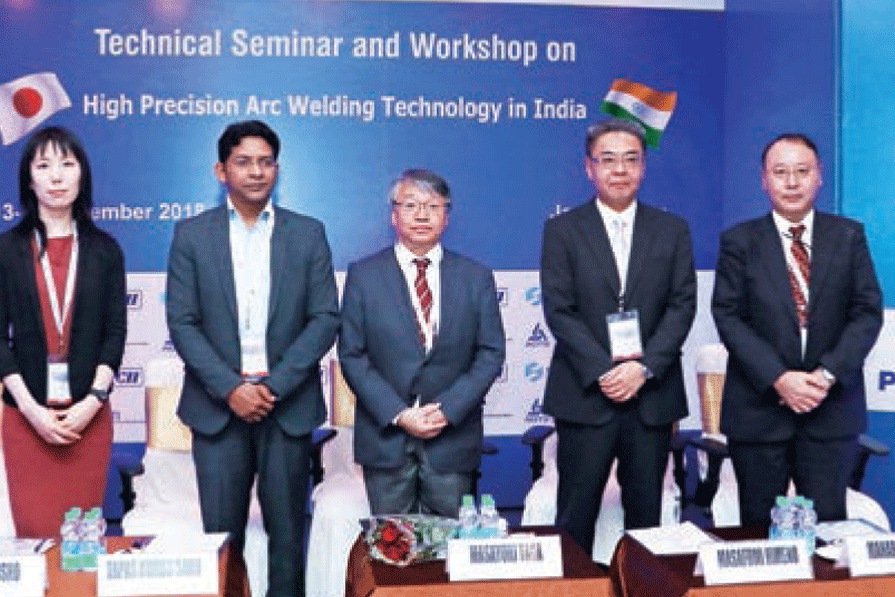
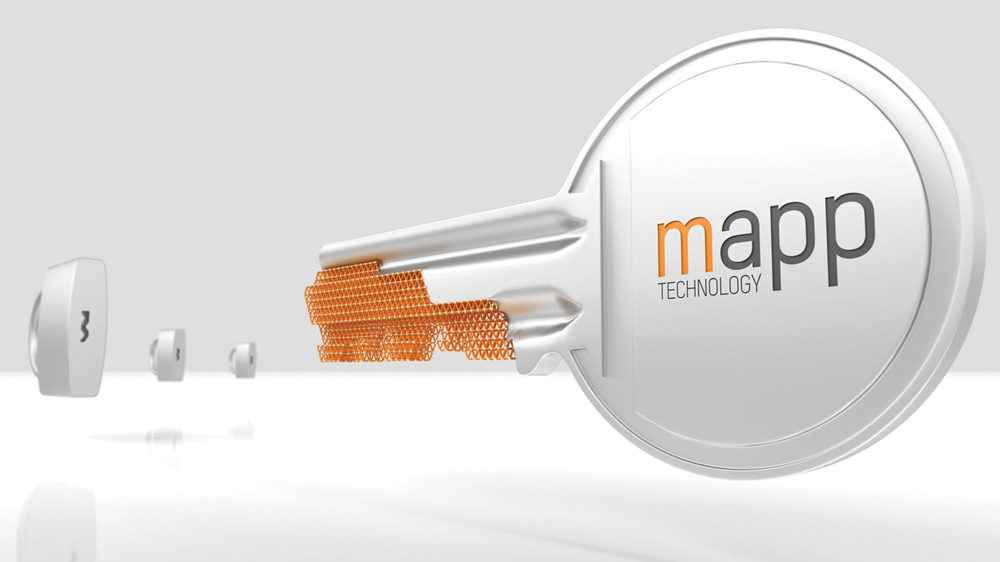
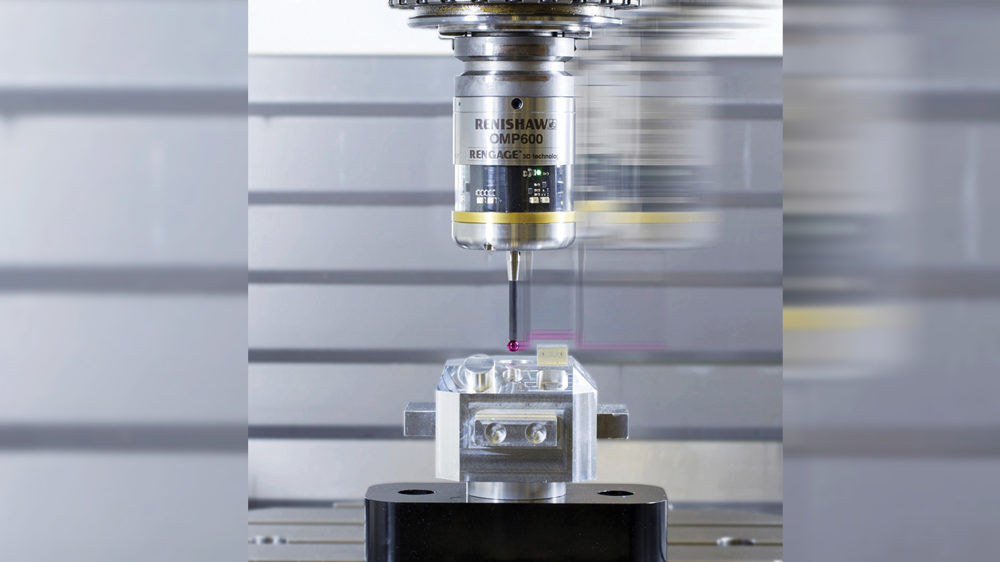
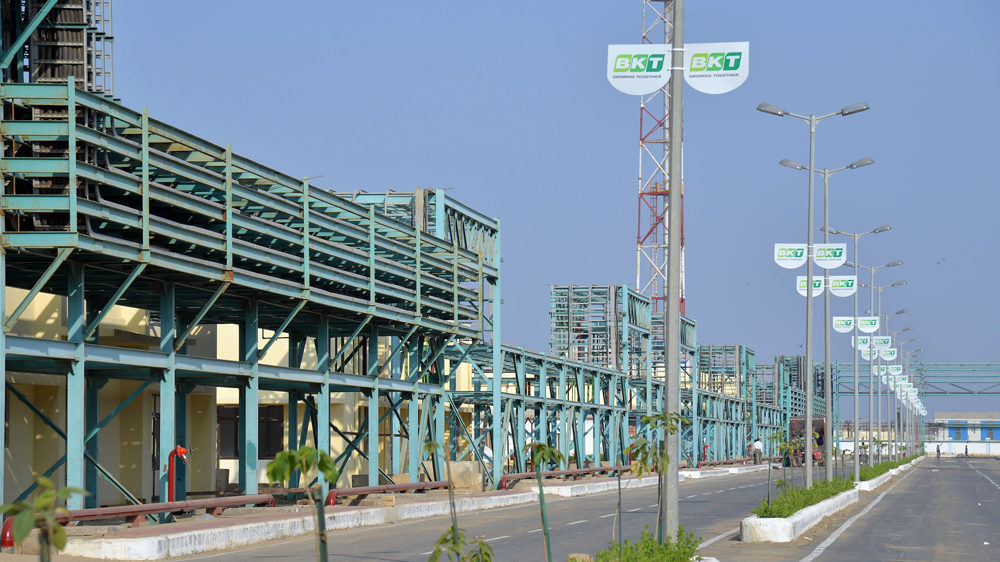
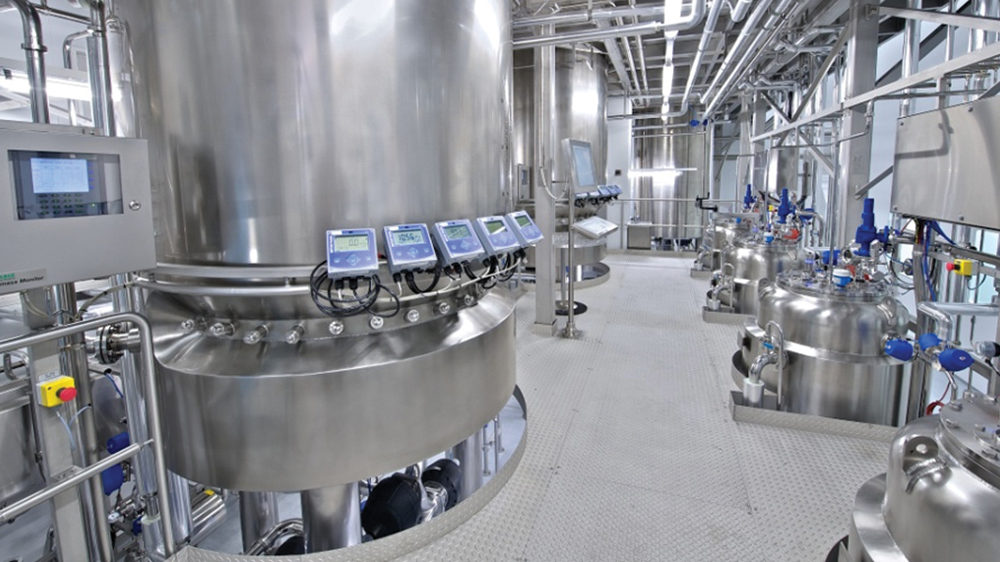
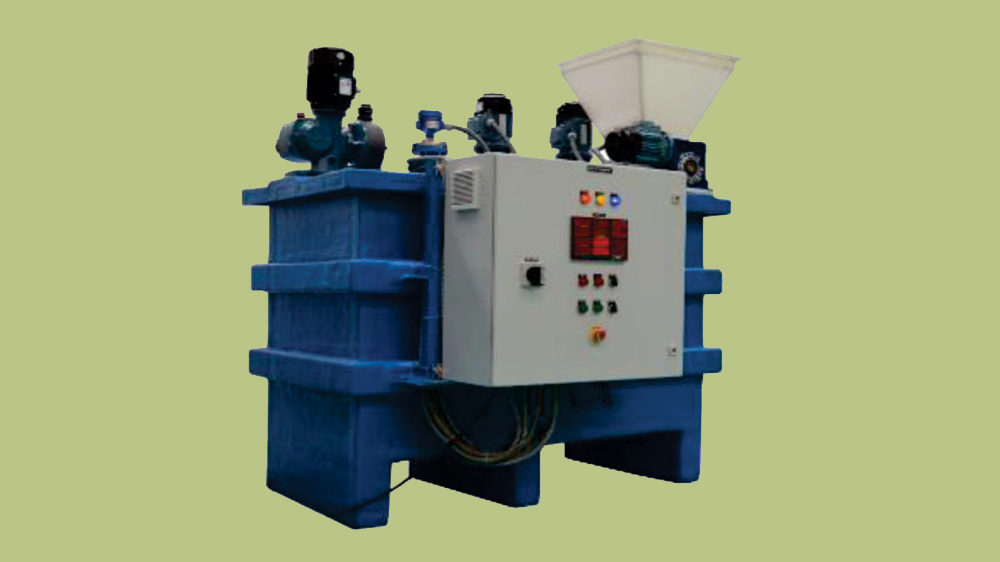
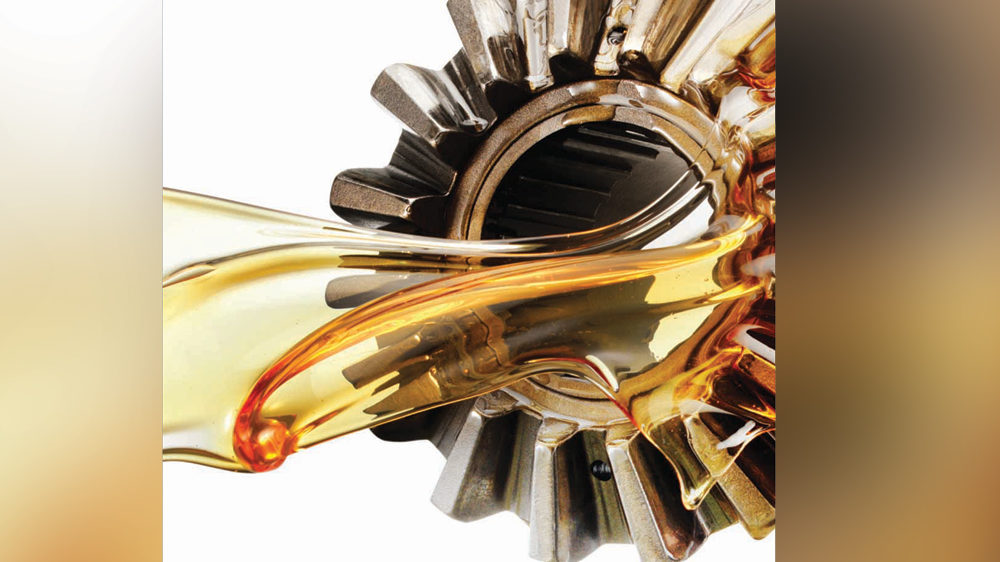
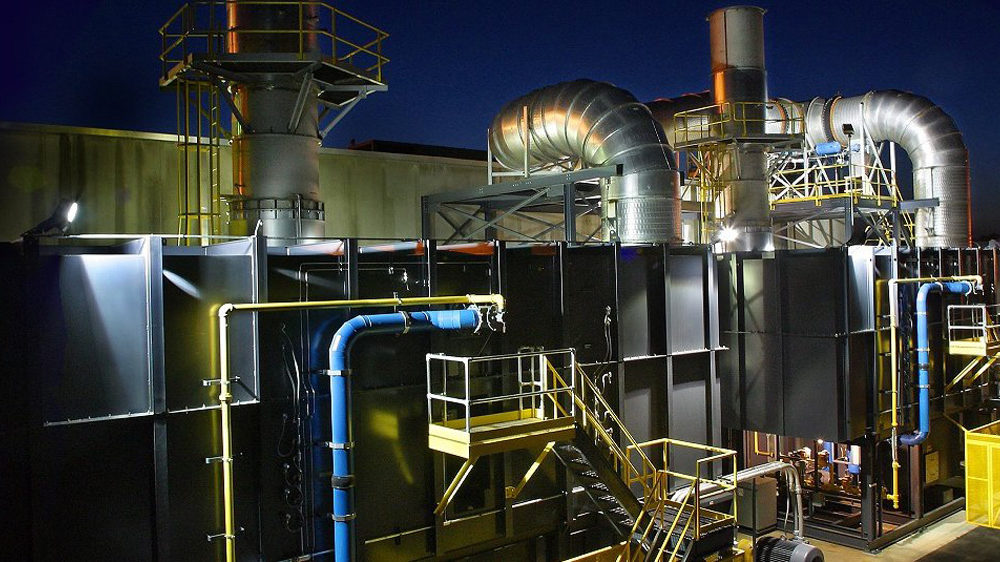





 English
English Hindi
Hindi